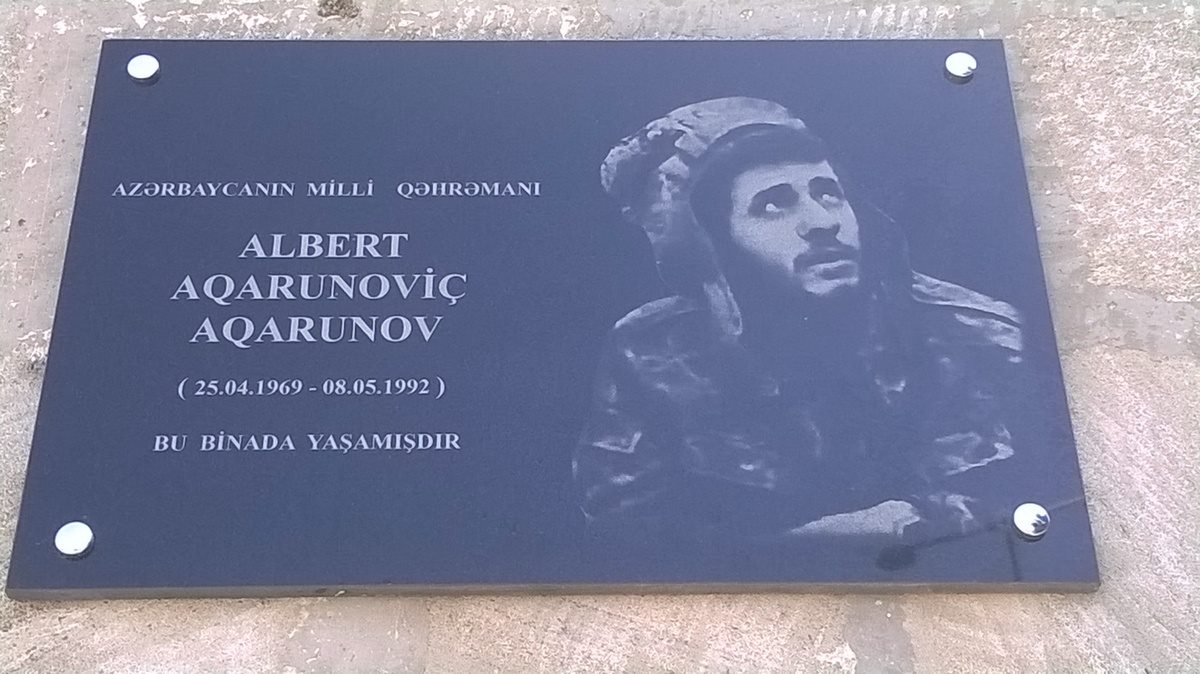
On 1 October 2020, the ‘National Assembly’ of the de facto Armenian entity in Karabakh issued an appeal titled “Appeal of the Artsakh [Nagorno Karabakh] National Assembly to ethnic minorities of Azerbaijan.” As the title manifests, this appeal addresses the ‘ethnic minorities’ in Azerbaijan. There are three main messages in this appeal: 1) Armenians and the ethnic minorities in Azerbaijan have historical ties of fraternity, 2) Azerbaijan’s aim with respect to these minorities is their cultural and physical extinction, 3) Members of the ethnic minorities in Azerbaijan should refuse to serve in the Azerbaijani army, and if they are already drafted, they should desert and voluntarily surrender to the Armenian forces.
Obviously, this appeal is a propaganda act addressing Azerbaijanis who are not ethnic Azerbaijanis, as well as the third actors with an aim to portray Azerbaijan as an oppressor of the non-ethnic Azerbaijanis. It is also a subversive psychological war operation intending to cause disintegration in the Azerbaijani army. As such, it may not be so significant to comment on since this type of propaganda is an unavoidable element of warfare. Yet, the main claims in this appeal are worth scrutinizing. First, they constitute a rudimental example of one of the primary parlances about warfare that is “the first casualty of war is truth.” Second, this appeal displays the mainstream Armenian conception of a nation, which in return points out some of the reasons of the disturbances in the South Caucasus since the beginning of the twentieth century. Before getting into details, it is worth elaborating briefly on the Armenian propaganda machine.
The Armenian Propaganda Machine and the ‘Question of Azerbaijani Ethnic Minorities’
With the start of the large-scale clashes on 27 September between Azerbaijan and Armenia, the Armenian propaganda machine has picked up speed. The propaganda activities of the Armenian side are quite coordinated between the official channels and ‘independent’ media outlets. Armenian Unified Infocenter maintained by the Armenian government runs the coordination among different governmental and non-governmental bodies. It can be also seen that the Armenian Ministry of Foreign Affairs has come a long way in mastering propaganda in the international domain. It spreads ‘news’ in nine different languages namely; Armenian, English, Russian, Polish, Arabic, Turkish, German, and Persian. In addition, private persons spare no effort to disseminate ‘information’ on social media. Trolls and fake accounts might be operating as well, since there are some quite suspicious Facebook pages with blatantly Azerbaijani nationalist names and rhetoric that oddly disseminate quite subversive messages.
Taking notice of the well-coordinated propaganda, it gets less surprising that on the same day with the said appeal, CivilNet, a well-known Armenian NGO, published a ‘news piece’ claiming that “casualties on the Azerbaijani side consist mostly of various national minorities” based on the statements of the de facto authorities in Karabakh. Either as an example of high security intelligence capability or mere fabrication, CivilNet alleged that 148 Lezgins serving in the Azerbaijani army were killed during the battles. CivilNet also shared an ‘information’ based on Zabil Mageramov’s, a self-proclaimed representative of the so-called Talysh movement living in Russia and a known apparatçik (аппаратчик) of the Russian puppeteers, the likes of which function in every corner of the post-Soviet space. CivilNet cited Mageramov saying that “mostly the members of national minorities that are being sent to the front lines in Azerbaijan” and “50% of the Azerbaijani victims so far are Talysh.”[1] Another Armenian media organ alleged that the Talysh people of Azerbaijan “boycott Aliyev’s order to enlist in the army.”[2]
In fact, these claims are by no means a new product of the creativity of the Armenian side. During the April 2016 battles, David Babayan, the ‘Head of the Central Information Department and Deputy Head of President's Office’ of the self-proclaimed entity in Karabakh, alleged similarly that Azerbaijan deployed ethnic Talysh servicemen in the most difficult parts of the frontline to get as many of them as possible killed. According to Babayan, Azerbaijan was utilizing the war with Armenia and Karabakh to physically get rid of its Talysh minority.
A Little Bit of History…
The ‘question’ of historical fraternity
People who are informed about the Caucasus know that Caucasian peoples regard Ossetsians/Ossetes as ‘guests’ for being latecomers to the region, although this ethnic group have inhabited in the Caucasus since the thirteenth century. This is a witty example of the ‘Caucasian standards’ in terms of time and space. If we speak from within the ‘Caucasian standards’ then, Armenians in the Caucasus are just passers-by, since the significant existence of the Armenians in the Caucasus began only by 1828, when Tsarist Russia encouraged Armenians from the eastern provinces of the Ottoman Empire and Iran to migrate to the Caucasus to utilize them in its policy of colonization of the region. It is believed that 130,000 Armenians immigrated to the Southern Caucasus between 1828 and 1830. During the years 1830-1840, it is thought that at least 84,000 Armenians (some claim 200,000) came to the region. The inflow of the Armenians to the Caucasus continued between 1853 and 1878 (between 1853-1856 Crimean War and the 1877-1878 Ottoman-Russian War). More than 300,000 Armenians were settled in the region during the years between 1896 and 1908. In brief, only after the Russian-sponsored immigration between 1828 and the early stages of the twentieth century did the Armenians reach a significant existence in the Caucasus.
Certainly, the story is not just about dates and numbers. As the Russians utilized Armenians in their colonization of the Caucasus, the Russian policy favored the Armenians against the Azerbaijanis and other Caucasian Muslims, whom the Russian officials deemed untrustworthy for their historical, religious, and ethnic ties with the Ottoman Empire and Iran. Russian preferential treatment of the Armenians at the expense of the indigenous Caucasian peoples radically altered the centuries-old socio-economic and political balances in the region to the advantage of the Armenians and to the disadvantage of the most of the indigenous Caucasian peoples.
This concise historical account shows that the relations between the Armenians and the ethnic minorities in Azerbaijan have been far from being historical (with respect to ‘Caucasian standards) and fraternal. As to that, a footnote could be that, up until the first decades of the twentieth century, the lingua franca of the Caucasus was Azerbaijani Turkish, meaning that Azerbaijani language and culture were an important element cementing the interethnic co-existence in the region.
Ethnic nationalism and intolerance in the Caucasus
‘Historically fraternal relations of Armenians with the peoples of the region,’ except for the Azerbaijanis, is also the subtext of the allegation that Azerbaijan aims to eliminate ethnic minorities not only culturally but also physically. Yet, real facts call this subtext into question. A report dated 2017 writes the following about the situation in Armenia with respect to non-Armenians:[3]
In today's Armenia, ethnic minorities are still discriminated in all spheres of society. Different factors are at the root of this discrimination. The major one is the predominance of different cultural and social stereotypes towards people that are not ethnically Armenian and have a different religion to that prevailing in Armenia. This concerns people who recently arrived on Armenian territory, such as Syrian refugees or people of African origin, for example. However, it also includes people who have lived in Armenia for centuries, such as Bosha minority.
The Anti-Defamation League’s 2014 survey shows that in Armenia, those who hold anti-Semitic views constitute 58% of the entire population. This is the highest percentage in former Eastern Bloc countries and the third highest in all of Europe in general.[4] Pew Research Center’s survey in 2018 displays that 32% of the Armenians would not accept Jews as fellow citizens. This is the highest in the former Eastern Bloc countries, where the survey was conducted. The closest highest rate is in Lithuania with 23%.[5]
In May 2016, the monument of Karekin Njdeh, the commander of the Armenian Legion of the Wehrmacht, the unified armed force of the Nazi Germany, that participated in the extermination of the Jews and Soviet partisans in Crimea, Caucasus, and France was erected in Yerevan. It should be underlined that today Njdeh, the founder of the race-worshiping ideology (Arm. Tseghakronutyun), who was sentenced to twenty-five years in prison by the Soviet authorities for his collaboration with the Nazis is one of the most glorified national heroes of the Armenians. The following quotations shall give further idea about the national hero of the Armenians, which allegedly bear fraternal feelings towards the ethnic minorities of Azerbaijan. It should be noted that Njdeh wrote these in 1930s in the United States, not during the war in Germany.
The Racial-Religious believes in his racial blood as a deity. Race above everything and before everything. Race comes first. Everything for the race.... We hear the Racial Religious Orders have their own general creed, their leadership and political emblem. They are also going to have their own uniforms, their own hymn, their rites, their holidays (Karekin Njdeh, Hairenik (Boston), 27 September 1933).
Today Germany and Italy are strong, because as a nation they live and breathe in the terms of race (Karekin Njdeh, Hairenik Weekly, 10 April 1936).
Njdeh is not the only Nazi in the Armenian pantheon. Drastamat ‘Dro’ Kanayan, another national hero of the Armenians was also a Nazi commander. Today, his memory is kept alive in Armenia by the government founded Drastamat Kanayan Institute of National Strategic Studies and the medal given in his name by the Armenian Ministry of Defense. Such examples can be multiplied.[6] It should be noted that Njdeh’s and Kanayan’s views were not just anti-Semitic; they advocated the superiority of the Armenian race/nation over other peoples including the ‘historically fraternal Caucasian peoples.’
In contrast, in 2019 in Azerbaijan, the authorities that allegedly try to physically exterminate the country’s minorities opened a statue of Albert Aqarunov, a Jewish citizen of Azerbaijan, who was killed by the Armenian troops during the in 1992. Before that, Aqarunov had been posthumously rewarded with Azerbaijan’s highest military honor and named as the National Hero of Azerbaijan. It is claimed that Agarunov, a Jew in ‘Muslim Azerbajan’ and a member of an ‘ethnic minority that Baku wants to get rid of,’ in the early 1990s told journalist that “[Azerbaijan] is my land. I don’t have another motherland. It’s natural for me to defend my home.”[7] It should be remembered that two non-Azerbaijanis, Ruslan Polovinko (Ukrainian) and Anatoly Davidovich (Belarusian) who were killed during the hot phase of the Karabakh war were also rewarded with the same title of the National Hero of Azerbaijan.
There is more to say. As known, Caucasus is home to tens of big and small ethnic, religious, and language groups. Historically, these diverse groups had lived together or side by side throughout centuries. Although starting from the twentieth century, the Caucasus witnessed ethnic segregation and homogenization of the republics, oblasts, and other administrative units, Azerbaijan and Georgia both nevertheless host sizable ethnic minorities. According to 2014 census, 13.2% of the Georgian population is composed of non-ethnic Georgians. According to 2009 census, 9% of the Azerbaijani population is composed of non-ethnic Azerbaijanis. Yet, when it comes to Armenia, its population is 98% ethnic Armenian. Certainly, this is not a result of a natural process and the land that present-day Armenia rests most certainly contained non-Armenian ethnic groups. As said above, Armenians began concentrating in the Caucasus only after 1828 as the colonizers in the service of the Russians. In this process, there have been many cases of appropriation of the lands and houses of the local people. For example, the settlement of the Armenians in the present-day southern Georgia is a clear case of such way of settling as Armenians arriving to this region simply seized and settled in the houses of the Ahıska Turks (Meshketian Turks) with the permission of the Russian authorities.
It is not a secret that up until the beginning of the twentieth century, Yerevan was a typical Muslim city of the Caucasus, and then turned into the capital of Armenia.[8] In the years prior to the Bolshevik takeover of the first Armenian republic, afore-mentioned national heroes of the Armenians carried out a blatant ethnic cleansing against the Azerbaijanis and other Muslim groups particularly in the Zangezur region. In late 1940s, up to 100,000 Azerbaijanis were removed from Armenia to be settled in Azerbaijan to make room for the incoming Armenians from different countries. Whereas in 1926, 9,6% of the Armenia’s population was composed of ethnic-Azerbaijanis, in 1979 it dropped to 5.3%.
Hence, if speaking about aggressive ethnic nationalism and intolerance in the region is in due course, it is needed to first to focus on the Armenian history in the Caucasus.
Open Arms for Everyone, but the Ethnic-Azerbaijanis
A part of the Appeal of the ‘National Assembly’ of the de facto Armenian entity in Karabakh reads as follows:
In order to avoid being killed for the sake of whims of the authorities of Baku, we appeal to the ethnic minorities of Azerbaijan: Lezgins, Talysh, Avars, Tats, Udin, Tsakhur, Ingiloy, Rutul, Kurds, and Shahdag ethnicities who are at the edge of assimilation.
The significance of this quote is that Yerevan opens its arms to every non-ethnic Azerbaijani soldier, but not to ethnic Azerbaijanis. One of the possible aims of this is to cause distrust, division, and frictions within the Azerbaijani troops. Secondly, as said above, this is a propaganda act addressing third parties to portray Azerbaijan as an oppressive state against its non-ethnic Azerbaijani citizens.
One noticeable aspect of this quote is that also Kurds are listed among the Azerbaijani ethnic minorities that are welcomed by Yerevan. This deserves attention. When the Azerbaijanis were forced to leave Armenia during the early years of the Karabakh conflict before the collapse of the Soviet Union, Muslim Kurds of Armenia shared the same fate. When Armenian forces occupied Kelbajar and Lachin in 1992 and 1993, mostly the ethnic Kurds of Azerbaijan inhabiting those regions became internally displaced persons (IDP). As to that, it should be noted that the applicants of the Chiragov and others v. Armenia case seen at the European Court of Human Rights (ECHR) were ethnic Kurds. In this lawsuit, Chiragov and five other applicants sued Armenia for being forcefully expelled from their homes by the Armenian forces and afterwards not being allowed to return to their homes and denied compensation for their losses. In 2015, the ECHR ruled in favor of the applicants by affirming the “effective control” of Armenia over Nagorno-Karabakh and the surrounding territories, meaning the affirmation of Armenia’s occupation of the Azerbaijani territories. As these examples reveal, non-ethnic Azerbaijani citizens of Azerbaijan, at least the Armenian and Azerbaijani Kurds have not been treated as ‘historically fraternal peoples’ either during the hot phase of the Karabakh war or afterwards.
Race as the Core Category of the Armenian Worldview
Yet, there is one more thing that deserves mentioning; the Armenian discourse and its underlying mentality exemplified by the Appeal is stigmatizing and demonizing the ethnic-Azerbaijanis, even the ones that may be objecting the ‘warlike policies of the oppressive Baku,’ to use Armenian discourse. Even such ethnic-Azerbaijanis are not welcomed by Armenia. In fact, this is a plain example of categorizing individuals into ‘good’ and ‘evil’ according to their ascribed characteristics. It is not so difficult to see the racist core underlying this approach.
Unfortunately, such a racist worldview is one of the building blocks of the Armenian nationalism. For this reason, the erection of the monuments of Nazis in Yerevan is not a deviation from the norm. Yet, this does not change the fact that such a worldview so prevalent in Armenia is a major hindrance against the peace in the region.
Conclusion
With the start of the large-scale clashes on 27 September, propaganda war also began. Such that, we are witnessing bucketloads of unverified and oftentimes grotesque claims. There is nothing unanticipated in that. On the other hand, however, this necessitates careful and restrained approach to the claims of the parties. Factual assessments of the developments that is taking and has taken place in the region should be the basis of the interpretations of the conflict. Besides that, as an opportunity, careful and factual examination of the discourse and propaganda of the sides provides the occasion of better grasping the reliability and validity of their arguments that have been circulated since the beginning of the Karabakh conflict some thirty years ago.
The “Appeal of the Artsakh [Nagorno Karabakh] National Assembly to ethnic minorities of Azerbaijan” elaborated in this article is one of these propaganda acts that conduce toward having a better grasp of the historical and present-day realities of the region. There have been several other similar propaganda acts and it is quite likely that there will be many more of the same sort. The bright side of this is that they will predispose at least some to reconsider the arguments of the sides, which is likely to result in the demise of some myths about the conflict that have been propagated for so long.
* Photo: Wikipedia
[1] Emilio Luciano Cricchio, “Most Victims on Azerbaijani Side Consist of National Minorities, Karabakh Officials Say,” CivilNet, October 01, 2010, Access October 05, 2020, https://www.civilnet.am/news/2020/10/01/Most-Victims-on-Azerbaijani-Side-Consist-of-National-Minorities-Karabakh-Officials-Say/398057.
[2] “The population of Talysh city Lenkoran is boycotting Aliyev’s order to enlist in the army,” Aravot, October 02, 2020, Access October, 05, 2020, https://www.aravot-en.am/2020/10/02/265919/?utm_source=dlvr.it&utm_medium=facebook.
[3] Anti-Discrimination Centre “Memorial”, Alternative report on Armenia’s implementation of the International Convention on the Elimination of All Forms of Racial Discrimination (2017), access October 05, 2020, https://tbinternet.ohchr.org/Treaties/CERD/Shared%20Documents/ARM/INT_CERD_NGO_ARM_27047_E.pdf.
[4] Maayan Jaffe-Hoffman, “At Auschwitz liberation tribute, Israel should study tale of two monuments,” The Jerusalam Post, January 21, 2020, access October 05, 2020, https://www.jpost.com/opinion/at-auschwitz-liberation-tribute-israel-should-study-tale-of-two-monuments-614769.
[5] “In some countries in Central and Eastern Europe, roughly one-in-five adults or more say they would not accept Jews as fellow citizens,” PEW Research Center, March 27, 2018, Access October 05, 2020, https://www.pewresearch.org/fact-tank/2018/03/28/most-poles-accept-jews-as-fellow-citizens-and-neighbors-but-a-minority-do-not/ft_18-03-26_polandholocaustlaws_map/.
[6] For antisemitism in Armenia see also, “Armenian anti-Semitism rears its ugly head,” Arutz Sheva, access October 05, 2020, http://www.israelnationalnews.com/Articles/Article.aspx/22114.
[7] Maayan Jaffe-Hoffman, “At Auschwitz liberation tribute, Israel should study tale of two monuments”
[8] “2800 Years of Armenian-Yerevan?” AVİM, March 02, 2018, Access October 05, 2020, https://avim.org.tr/en/Yorum/2800-YEARS-OF-ARMENIAN-YEREVAN.
© 2009-2025 Center for Eurasian Studies (AVİM) All Rights Reserved
No comments yet.
-
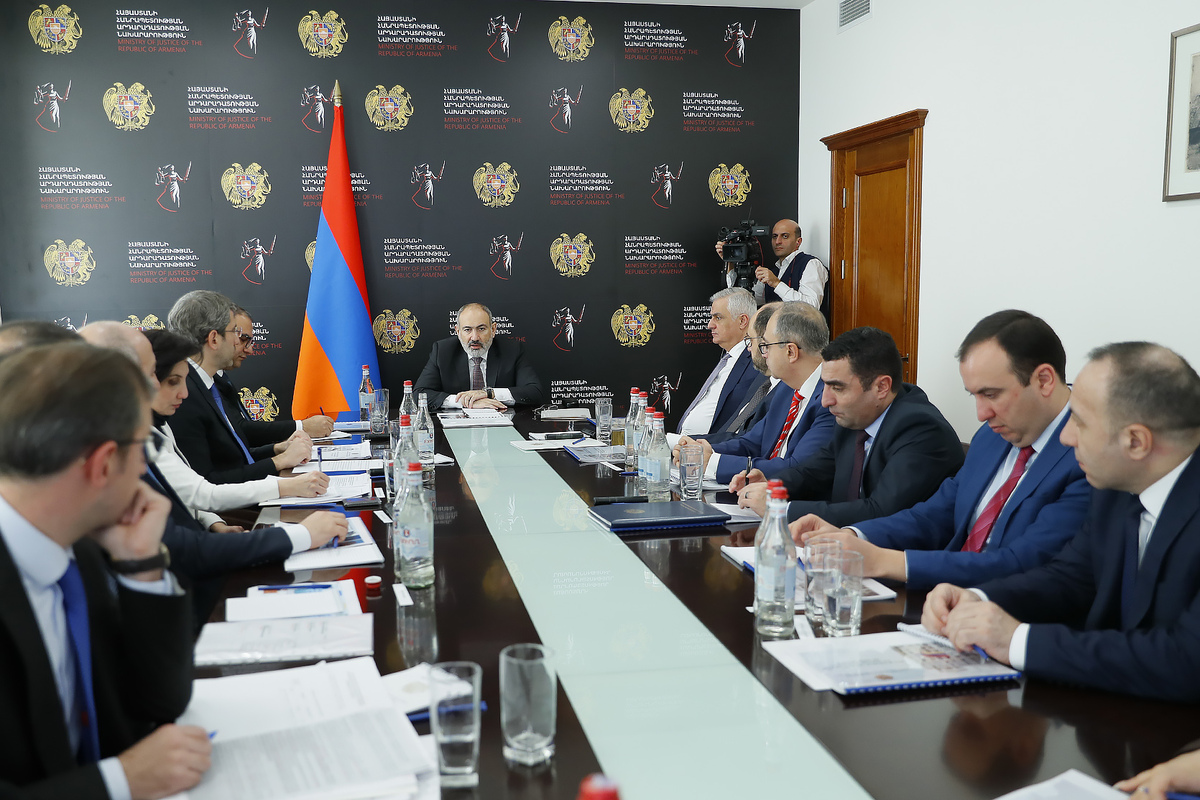 PASHINYAN’S QUEST FOR A NEW CONSTITUTION
PASHINYAN’S QUEST FOR A NEW CONSTITUTION
Turgut Kerem TUNCEL 02.02.2024 -
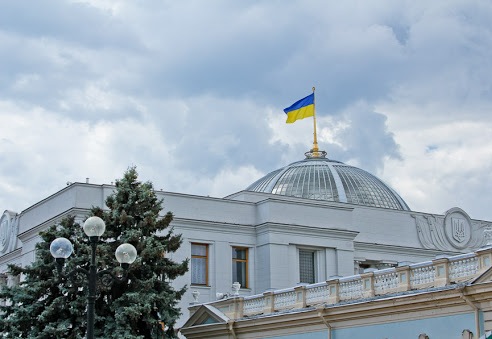 THE ‘ARMENIAN QUESTION’ IN UKRAINE - IV: THE PRUDENCE OF OFFICIAL KYIV
THE ‘ARMENIAN QUESTION’ IN UKRAINE - IV: THE PRUDENCE OF OFFICIAL KYIV
Turgut Kerem TUNCEL 17.05.2021 -
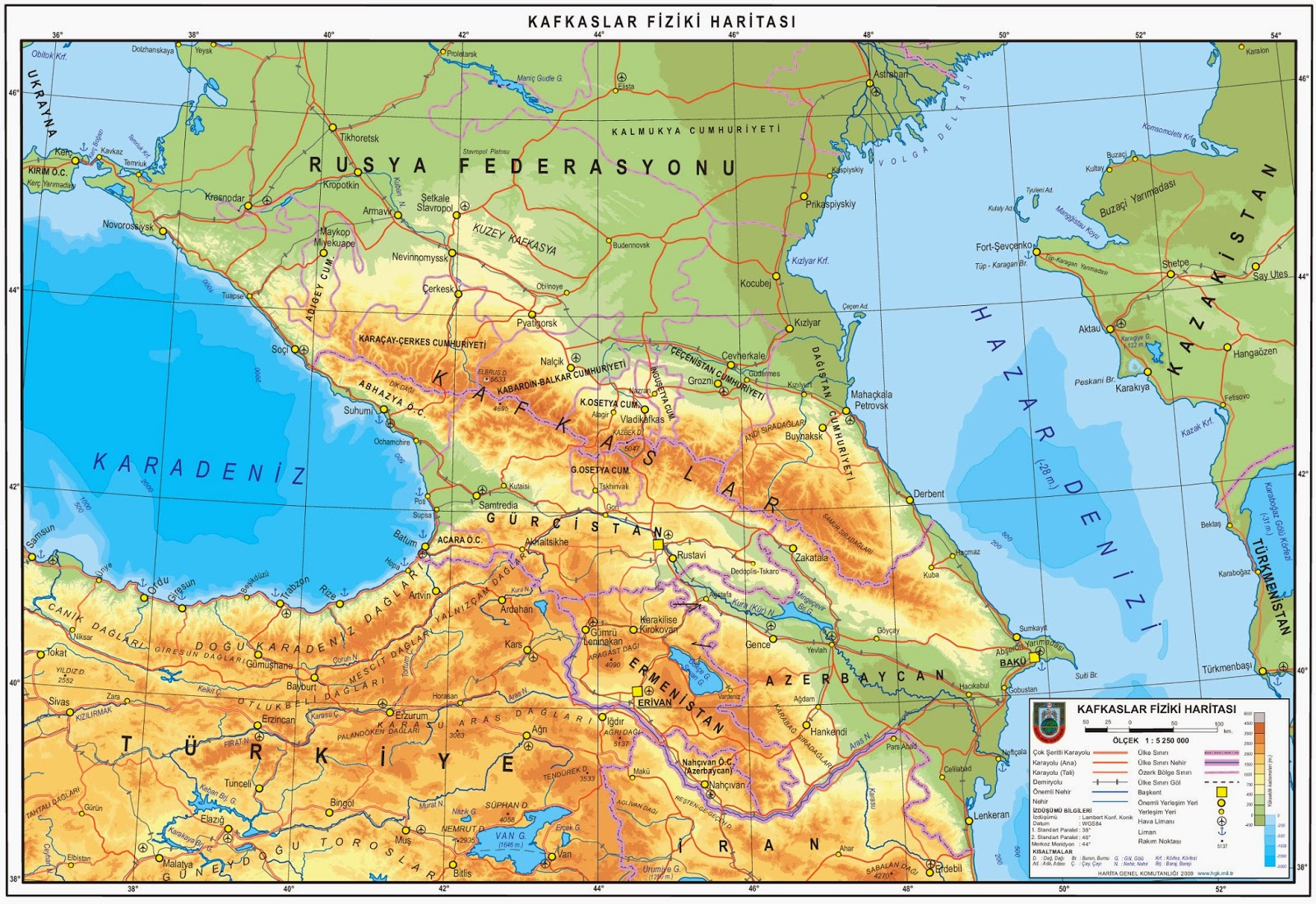 THE FIRST MEETING OF THE REGIONAL COOPERATION PLATFORM FOR LASTING PEACE AND STABILITY IN THE SOUTH CAUCASUS
THE FIRST MEETING OF THE REGIONAL COOPERATION PLATFORM FOR LASTING PEACE AND STABILITY IN THE SOUTH CAUCASUS
Turgut Kerem TUNCEL 23.12.2021 -
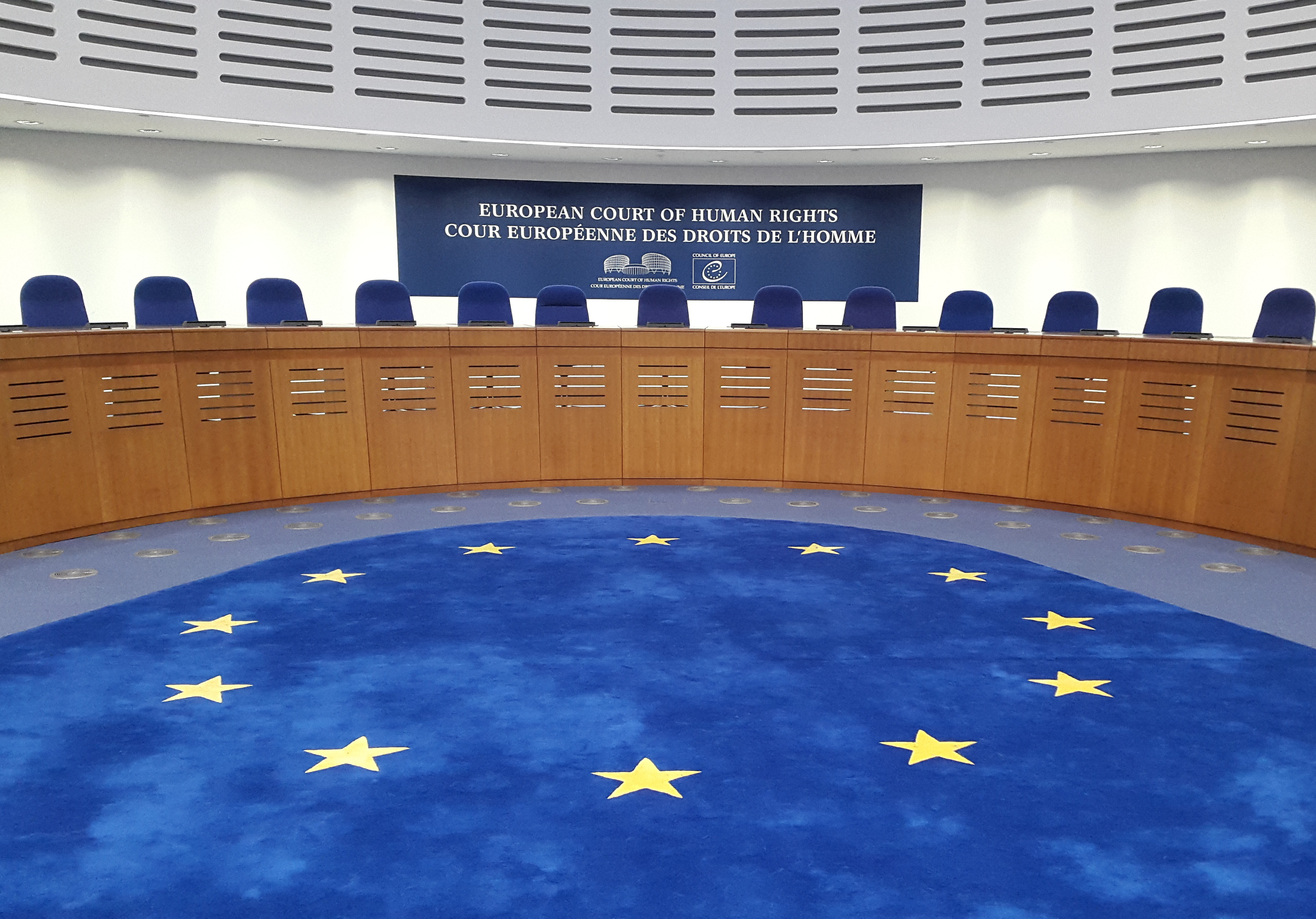 THE ECTHR’S 21 JANUARY 2021 JUDGEMENT ON THE CASE OF GEORGIA v. RUSSIA (II)
THE ECTHR’S 21 JANUARY 2021 JUDGEMENT ON THE CASE OF GEORGIA v. RUSSIA (II)
Turgut Kerem TUNCEL 25.01.2021 -
 THE UKRAINE-RUSSIA WAR AND THE BLACK SEA SECURITY
THE UKRAINE-RUSSIA WAR AND THE BLACK SEA SECURITY
Turgut Kerem TUNCEL 30.05.2023
-
 A NEW FOREIGN INTELLIGENCE AGENCY IN ARMENIA
A NEW FOREIGN INTELLIGENCE AGENCY IN ARMENIA
Turgut Kerem TUNCEL 02.01.2023 -
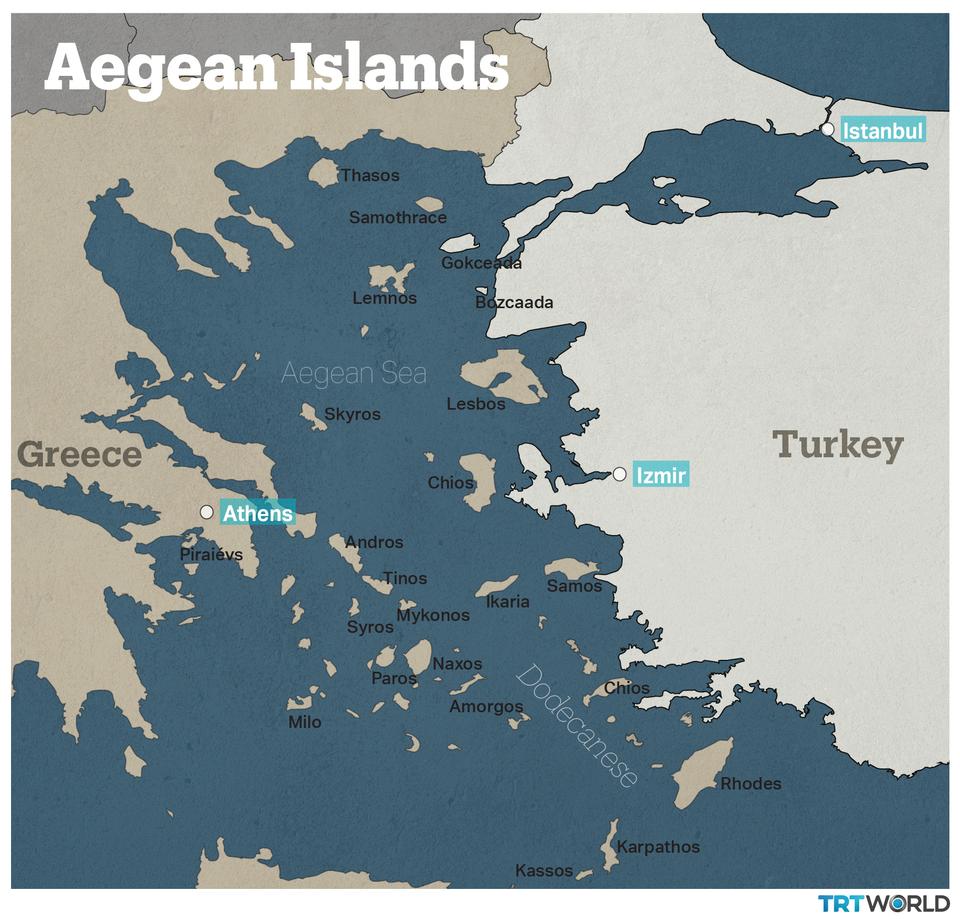 WHAT WILL RUSSIA DO IN RESPONSE TO THE REVISIONIST MILITARIZATION OF THE DODECANESE BY GREECE?
WHAT WILL RUSSIA DO IN RESPONSE TO THE REVISIONIST MILITARIZATION OF THE DODECANESE BY GREECE?
Teoman Ertuğrul TULUN 01.08.2022 -
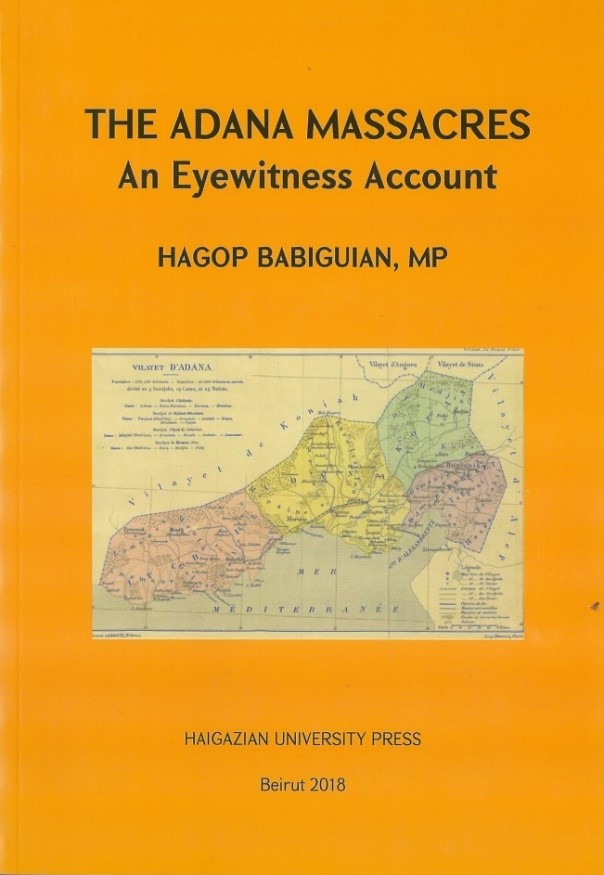 HAGOP BABIKIAN, THE ADANA UPRISING OF 1909, AND THE HAIGAZIAN UNIVERSITY PRESS
HAGOP BABIKIAN, THE ADANA UPRISING OF 1909, AND THE HAIGAZIAN UNIVERSITY PRESS
AVİM 14.07.2021 -
THE EUROPEAN UNION’S GUIDANCE BY POLITICAL SUBJECTIVE INCENTIVES RATHER THAN COMMON ECONOMIC INTERESTS IS TO BE SEEN IN THE EXAMPLE OF TURKEY’S SEGREGATION
Alev KILIÇ 19.11.2012 -
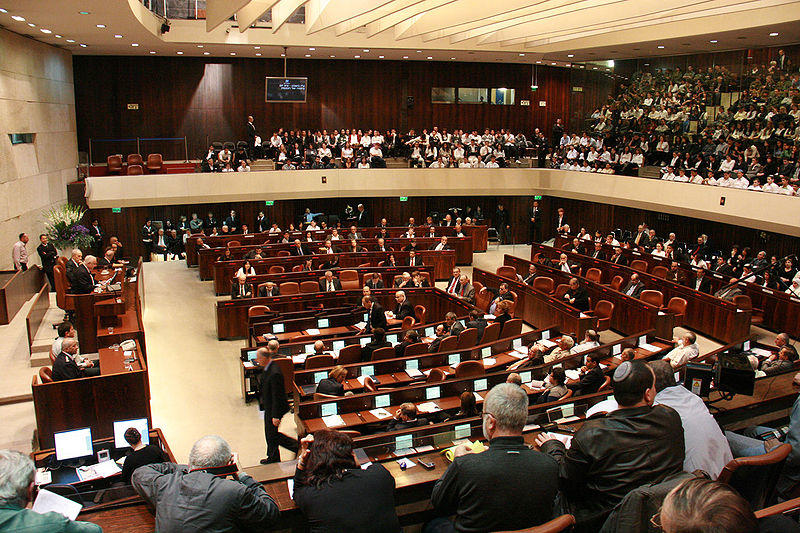 POLITICAL OPPORTUNISM AND REVANCHISM AT PLAY AT THE ISREALI PARLIAMENT
POLITICAL OPPORTUNISM AND REVANCHISM AT PLAY AT THE ISREALI PARLIAMENT
AVİM 25.05.2018
-
25.01.2016
THE ARMENIAN QUESTION - BASIC KNOWLEDGE AND DOCUMENTATION -
12.06.2024
THE TRUTH WILL OUT -
27.03.2023
RADİKAL ERMENİ UNSURLARCA GERÇEKLEŞTİRİLEN MEZALİMLER VE VANDALİZM -
17.03.2023
PATRIOTISM PERVERTED -
23.02.2023
MEN ARE LIKE THAT -
03.02.2023
BAKÜ-TİFLİS-CEYHAN BORU HATTININ YAŞANAN TARİHİ -
16.12.2022
INTERNATIONAL SCHOLARS ON THE EVENTS OF 1915 -
07.12.2022
FAKE PHOTOS AND THE ARMENIAN PROPAGANDA -
07.12.2022
ERMENİ PROPAGANDASI VE SAHTE RESİMLER -
01.01.2022
A Letter From Japan - Strategically Mum: The Silence of the Armenians -
01.01.2022
Japonya'dan Bir Mektup - Stratejik Suskunluk: Ermenilerin Sessizliği -
03.06.2020
Anastas Mikoyan: Confessions of an Armenian Bolshevik -
08.04.2020
Sovyet Sonrası Ukrayna’da Devlet, Toplum ve Siyaset - Değişen Dinamikler, Dönüşen Kimlikler -
12.06.2018
Ermeni Sorunuyla İlgili İngiliz Belgeleri (1912-1923) - British Documents on Armenian Question (1912-1923) -
02.12.2016
Turkish-Russian Academics: A Historical Study on the Caucasus -
01.07.2016
Gürcistan'daki Müslüman Topluluklar: Azınlık Hakları, Kimlik, Siyaset -
10.03.2016
Armenian Diaspora: Diaspora, State and the Imagination of the Republic of Armenia -
24.01.2016
ERMENİ SORUNU - TEMEL BİLGİ VE BELGELER (2. BASKI)
-
AVİM Conference Hall 24.01.2023
CONFERENCE TITLED “HUNGARY’S PERSPECTIVES ON THE TURKIC WORLD"









